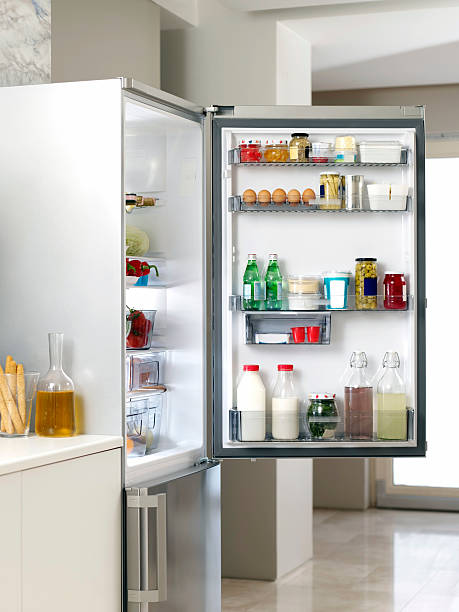Frozen vegetables are mostly used as an essential and healthy staple that is easily available in households throughout the year despite the season of the year. However, they are most of the time perceived as being blander compared to the fresh foods most of the time. In fact, due to various techniques used in preparing food, frozen vegetables are useful as they provide tasty meals similar to those produced by fresh vegetables. Following the right technique of preparing and cooking frozen vegetables is an essential guide that will help one prepare appetizing and healthy meals.
Roasting for Caramelized Perfection:
Roasting is a revolutionary method in handling the frozen vegetables since it has ability to turn them into a delight. Before cooking frozen vegetables, ensure they are properly stored in cold rooms to maintain their freshness and nutritional value. To optimize the outcomes, first, set up the oven to 425°F. When it is preheating, lay the frozen vegetables in a baking sheet on a flat surface. After that, the vegetables should be drizzled with olive oil and sprinkled with salt, black pepper, and any kind of spices that is preferred. Garlic powder, paprika or Italian seasoning can be added for extra layer of flavor. Bake the vegetables for between 20-30 minutes, turn the vegetables after the halfway mark to ensure that they are done well.
Sautéing for Quick and Flavorful Results:
Sautéing is a perfect way of preparing these vegetables when frozen because it does not take long and at the same time imparts rich flavor to the food. To start with, place a relatively large pan or a wok on the heat source and set it too medium high. Drizzle a little of the desired oil which has a high smoking point, into the pan for instance avocado or grapeseed oil. If the oil is hot enough, follow the next step and launch your frozen vegetables right into the pan. Any excess moisture will be converted to steam by the high heat employed, keeping the veggies from becoming soggy. Use a spoon to mix the veggies often to ensure they are cooked to the proper softness and do not cling to the pan’s bottom.
Grilling for Smoky Charm:
Grilling perhaps is not the best way to go with the frozen veggie but it is a taste worth trying. To cook the frozen veggies, get your grill on medium-high heat. However, to make handling easier and to prevent the fall through the grates the food should be grilled using a grilling basket or foil package. Put the vegetables in an even layer and cook it on the direct grilling part of the grill.
Steaming for Nutrient Retention and Delicate Flavors:
Boiling is a way of cooking in which frozen vegetable nutrients, colors and flavors are maintained as they are not over soaked. To steam frozen vegetables, take a pot which is half full of water and put it to boil. Put the pot on the stove, and place a steamer basket in it but make sure that the water does not come in contact with the steamer basket bottom. Place your frozen vegetables in the basket, close the lid and steam for 2-4 minutes depending on how soft you want them to be. While many restaurants and food service establishments rely on commercial freezers uk to store large quantities of vegetables, proper steaming techniques can help retain the nutrients and delicate flavors of these frozen ingredients, ensuring high-quality dishes even when fresh produce is not available.
Air Frying for Crispy Texture Without Extra Oil:
Air frying has brought the tremendous change in cooking practices for frozen vegetables. To cook frozen vegetables in an air fryer, first, you need to warm your air fryer to about 375°F. Before cooking it, give your frozen vegetables a minimal amount of oil through spaying. This assists the process of browning and crisping. Fry for roughly 10-15 minutes; as you cook, you have to shake the basket so that food cooks evenly.
Therefore, cooking methods that are applied in the preparation of frozen vegetables when done correctly can produce appetizing meals that contain high amount of nutrients as required by the human body. Boiling, baking, frying, grilling, steaming, roasting, sautéing, stewing and microwaving all have their own advantages; caramelized sweetness of roasting or the nutrient preservation of steaming. Necessary application of these methods let you find new favorite ways of cooking of the vegetables frozen, thus, adding an interesting note to your meals.
